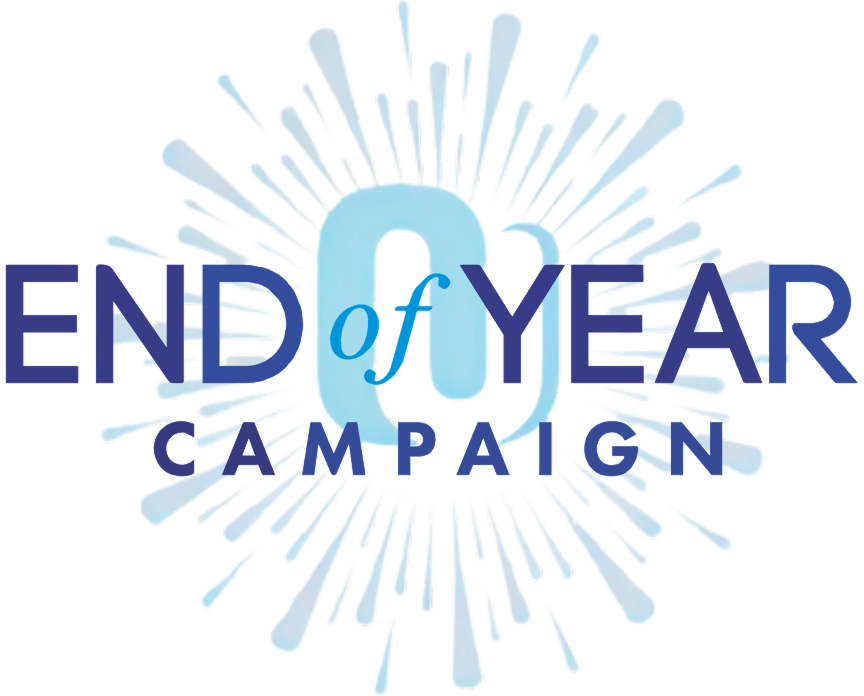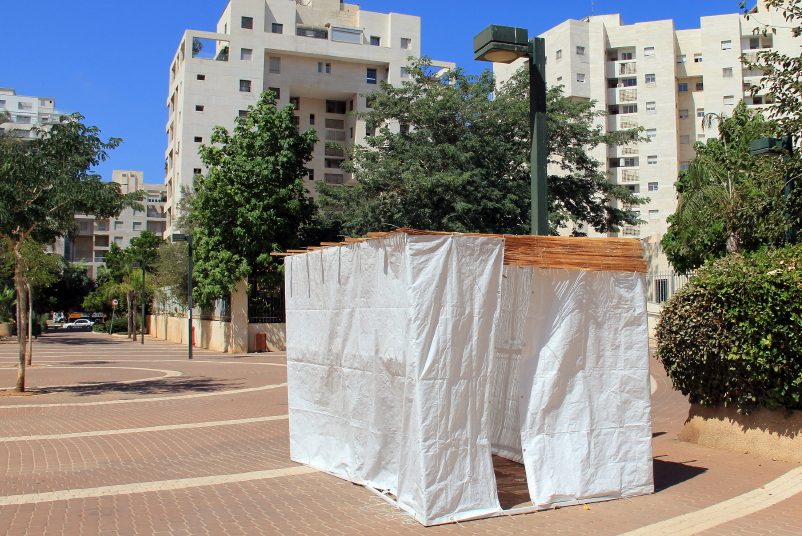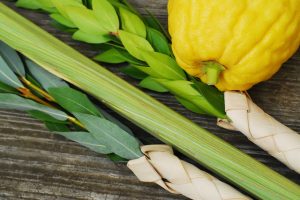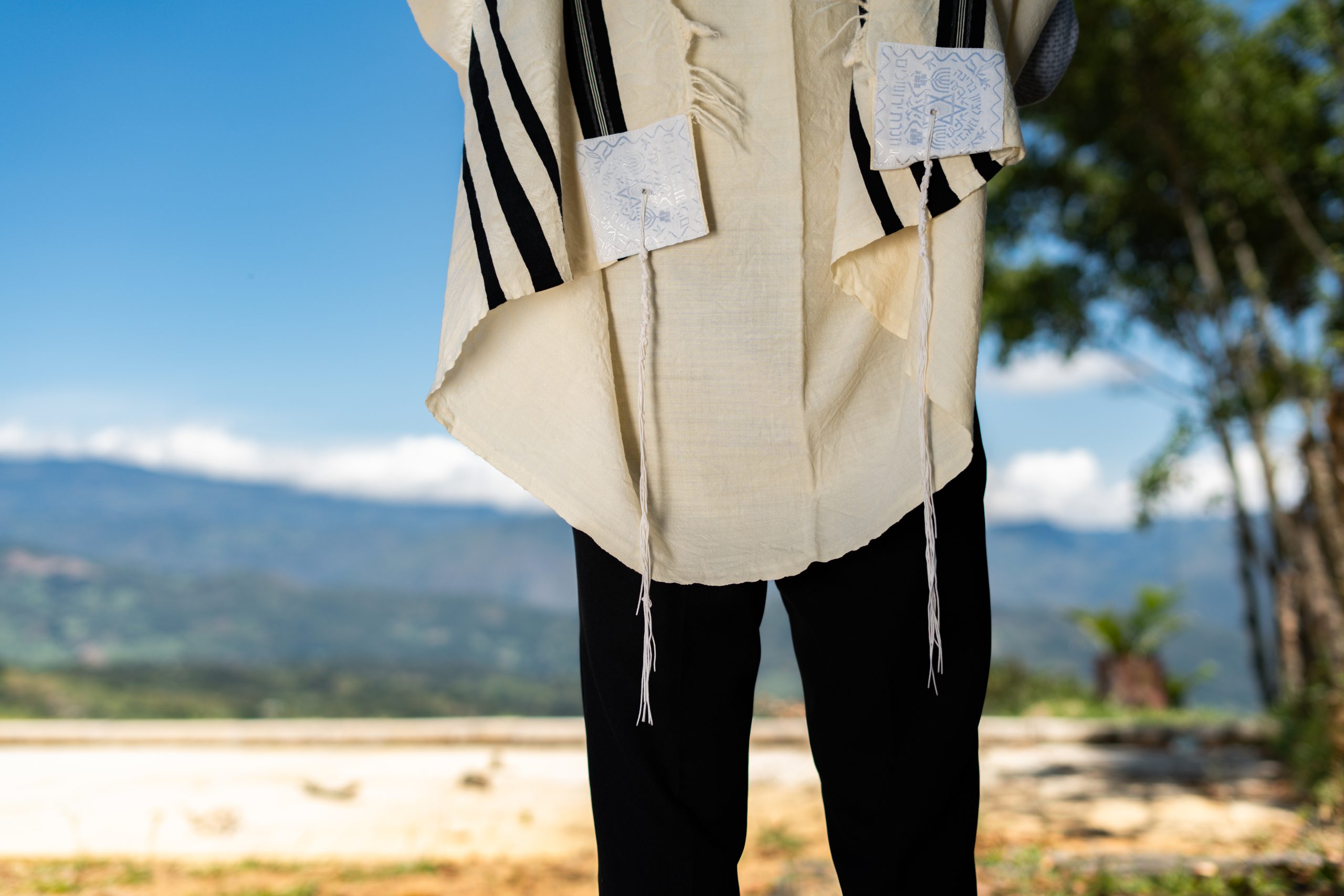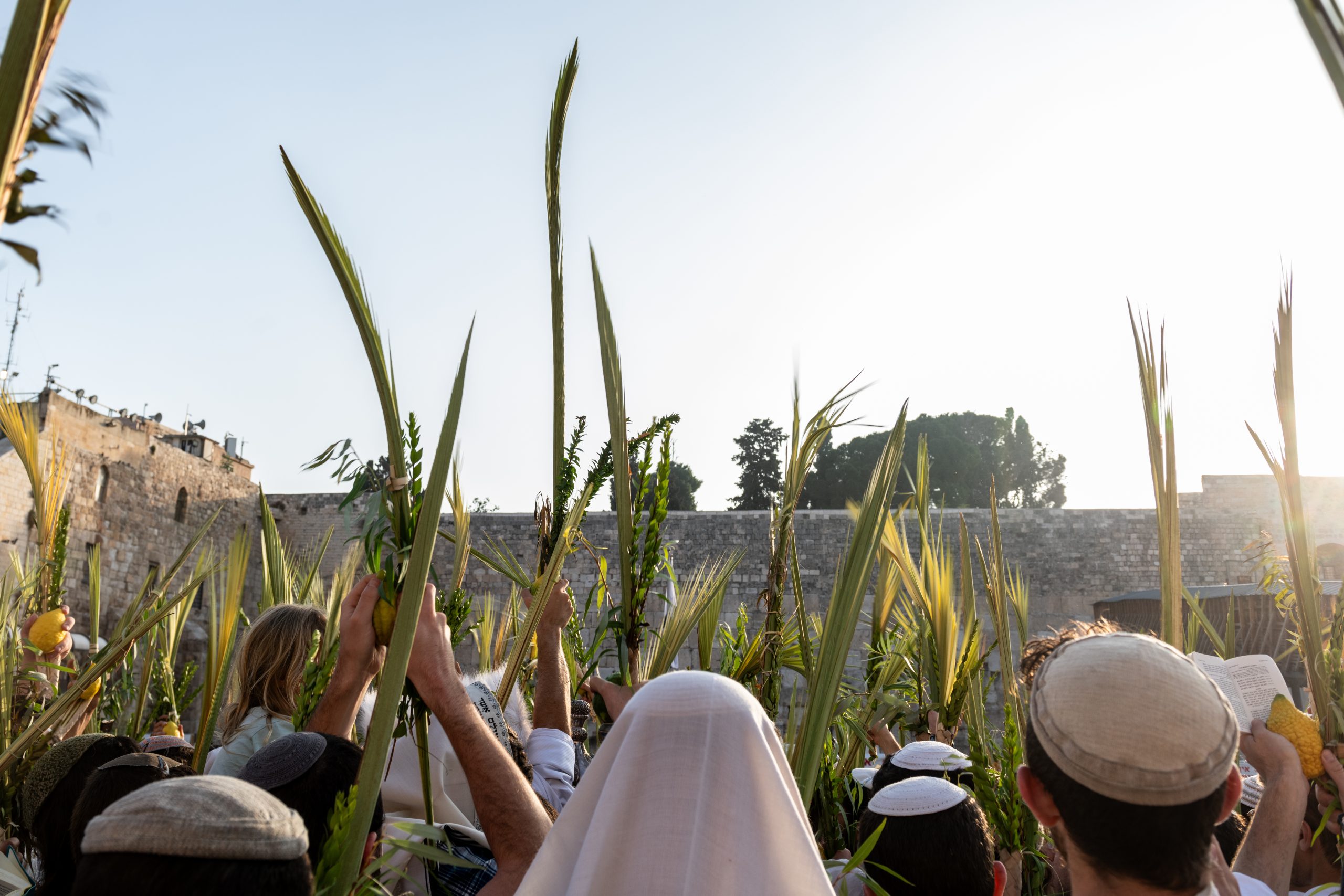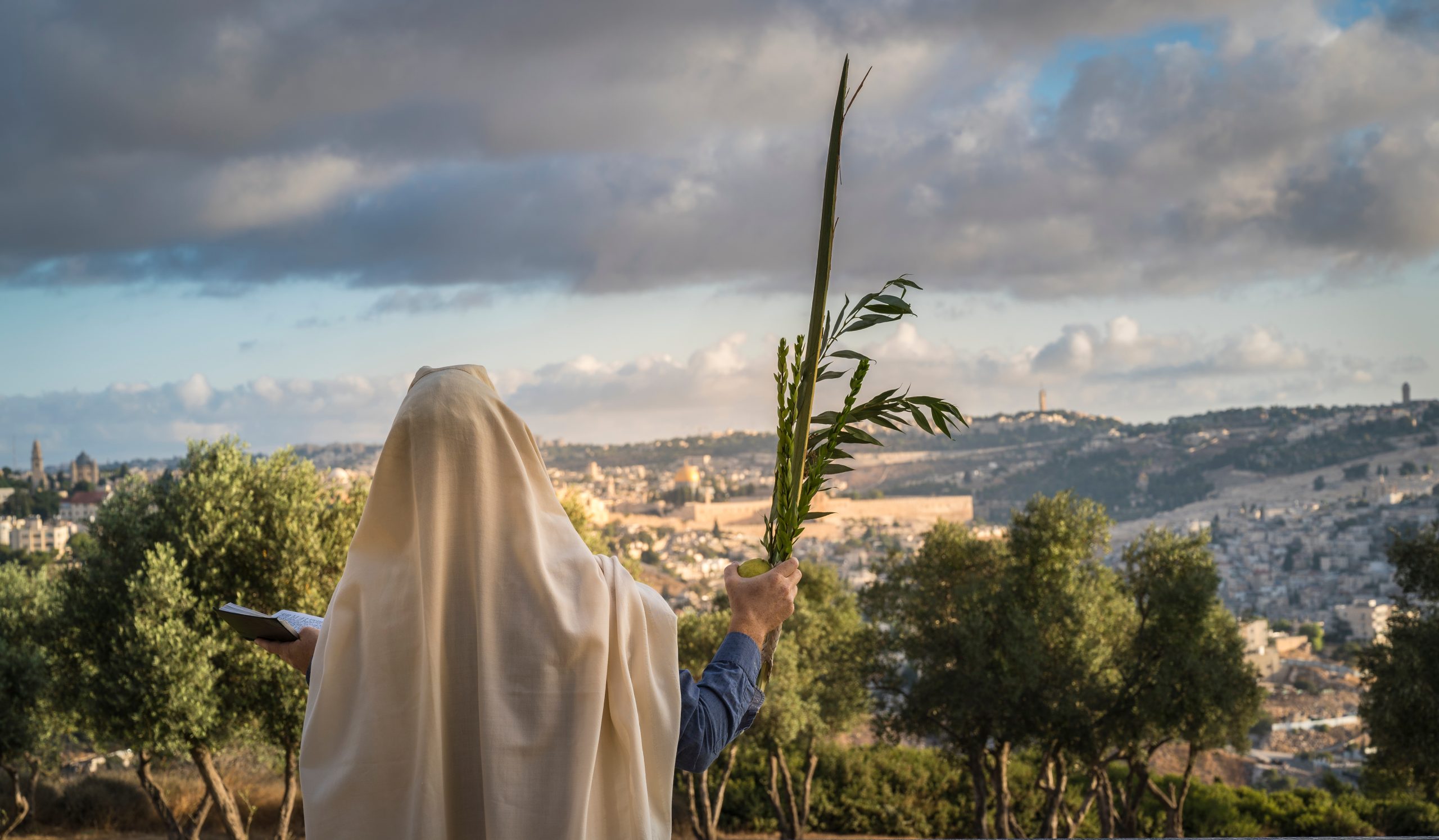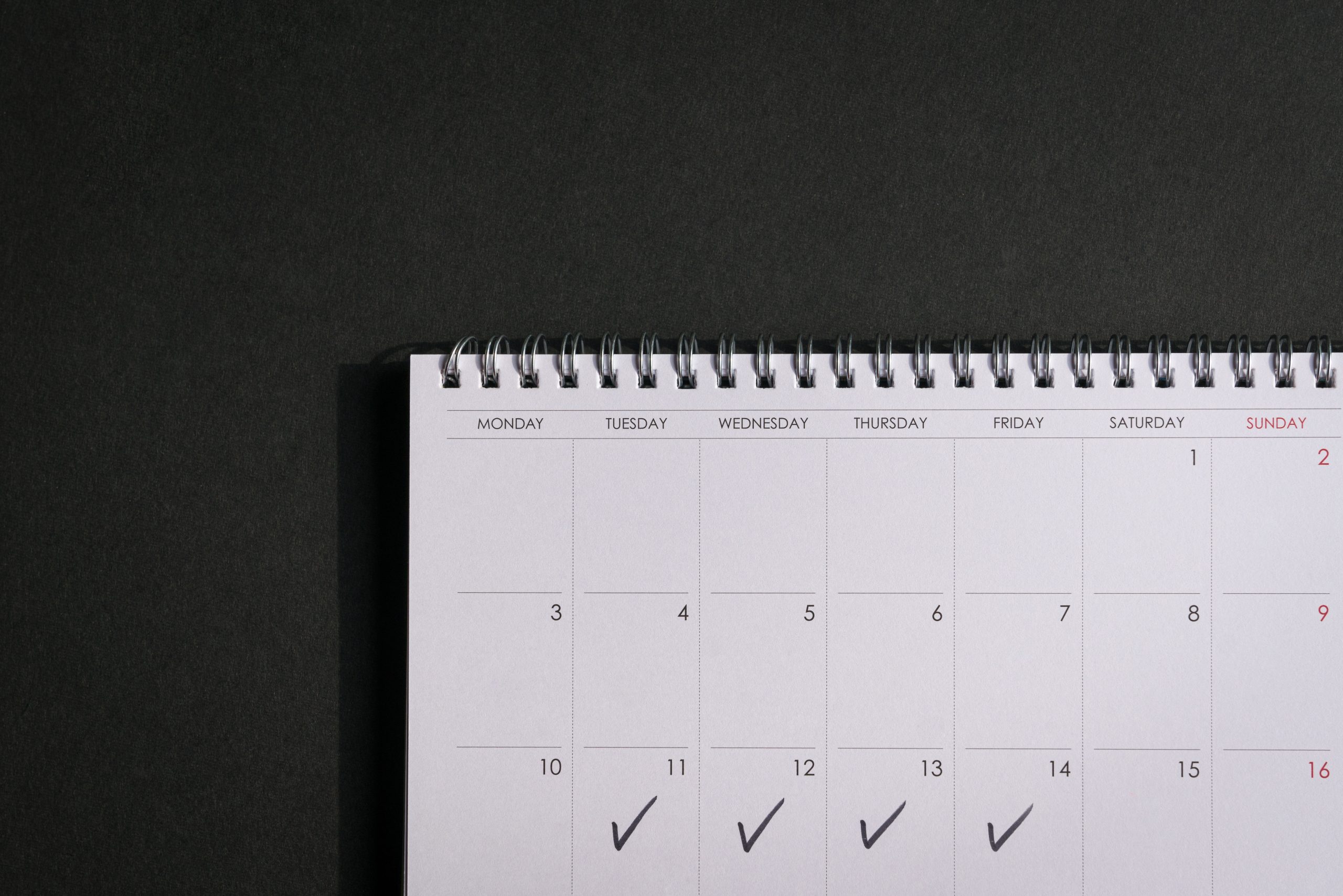With the possible exception of Chanukah/Hannukah (which, depending on who you ask, may have as many as twenty spelling variations), Succos/Sukkos/Succot/Sukkot may be the holiday with the most ways in English to spell (and to misspell). But what is it?
Good question! What is Succos?
 (Or, "What is Sukkot?") Throughout the month of Elul and the first ten day of Tishrei, we have undergone an intensifying period of self-reflection, repentance and atonement. It’s cleansing and cathartic, but to be honest, it can be kind of emotionally draining. But five days after Yom Kippur, beginning on 15 Tishrei, it’s time to celebrate!
(Or, "What is Sukkot?") Throughout the month of Elul and the first ten day of Tishrei, we have undergone an intensifying period of self-reflection, repentance and atonement. It’s cleansing and cathartic, but to be honest, it can be kind of emotionally draining. But five days after Yom Kippur, beginning on 15 Tishrei, it’s time to celebrate!
Succos is a weeklong festival that commemorates two things. First, it’s a harvest festival; the Torah refers to Succos as chag ha’asif (the holiday of ingathering – see, for example, Exodus 23:16). Additionally, on Succos we recall how God caused the Jewish people to dwell in booths during their forty-year sojourn in the wilderness. (The Talmud – Succah 11b – records an opinion that, rather than simply referring to the literal booths in which the Israelites resided, it symbolizes the Clouds of Glory with which God protected our ancestors in the desert.)
Sounds good! So, when is Succos?
 Biblically speaking, Succos runs from 15-21 Tishrei. This is immediately followed by Shemini Atzeres on 22 Tishrei. Outside of Israel, however, the holiday is one day longer. The second day of Shemini Atzeres (23 Tishrei) is called Simchas Torah. (In Israel, Shemini Atzeres and Simchas Torah are the same day.) The month of Tishrei corresponds with September or October in the secular calendar.
Biblically speaking, Succos runs from 15-21 Tishrei. This is immediately followed by Shemini Atzeres on 22 Tishrei. Outside of Israel, however, the holiday is one day longer. The second day of Shemini Atzeres (23 Tishrei) is called Simchas Torah. (In Israel, Shemini Atzeres and Simchas Torah are the same day.) The month of Tishrei corresponds with September or October in the secular calendar.
The first day of Succos in Israel, and the first two days elsewhere, is yom tov, i.e., days with Sabbath-like restrictions on labor. Shemini Atzeres and Simchas Torah are likewise yom tov. The days in between are called chol hamoed – “the secular days of the festival.” On these days, there are also some restrictions on labor, but they are much more flexible than on yom tov.
What do we do on Succos?
Oh, em, gee, Succos has soooooo many mitzvos and customs! (Seriously, I hope I don’t forget any!) In no particular order, these include:
Waving the Four Species
Commonly referred to as the “lulav and esrog,” there are actually four species (Hebrew: arba minim) taken on Succos: lulav, esrog, hadassim and aravos (respectively, a palm branch, a citron, myrtle branches and willow branches). Each day (excluding Shabbos), the four species are waved in all four directions, plus up and down. This indicates God’s omnipresence and His dominion over all.
Different explanations are given for the symbolism of the four species. For example, the lulav resembles a spine, the esrog a heart, the hadassim eyes, and the aravos lips – all parts that we should direct in our service of God.
Another explanation notes that the lulav has a taste but no smell, the hadassim have a smell but no taste, the esrog has both, and the aravos have neither. These represent the four types of Jews, who may possess Torah knowledge, good deeds, neither or both. All four types are taken together, because if any are missing, then we’re all incomplete.
Dwelling in a Succah
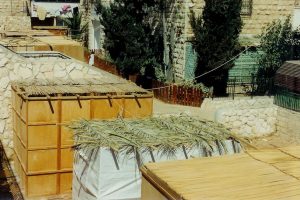 Throughout the holiday of Succos, meals are eaten in a succah (literally a hut or a booth, from which the holiday derives its name). The walls of a succah may be made of any material, so long as they can withstand a normal wind, while the roof is made of unfinished vegetation (called schach). A succah must have at least three walls and the schach must provide more shade than sun by day, though the stars should be visible by night. It is praiseworthy to beautifully decorate one’s succah.
Throughout the holiday of Succos, meals are eaten in a succah (literally a hut or a booth, from which the holiday derives its name). The walls of a succah may be made of any material, so long as they can withstand a normal wind, while the roof is made of unfinished vegetation (called schach). A succah must have at least three walls and the schach must provide more shade than sun by day, though the stars should be visible by night. It is praiseworthy to beautifully decorate one’s succah.
Certain foods, like bread, cakes and wine, may only be consumed in a succah, but things like fruit and water may be eaten elsewhere. Some have the practice not to eat anything outside of a succah. Some people even sleep in their succahs.
Women are certainly permitted to eat in a succah, but they are not obligated to do so. Additionally, if one is sick or if it’s raining (or particularly hot, cold, etc.), one is exempted from eating in the succah.
There is a custom to welcome seven historic leaders of the Jewish people – Abraham, Isaac, Jacob, Moses, Aaron, Joseph and David – to one’s succah. These guests are called the ushpizin (Aramaic for “guests”) and each one is the “guest of honor” on one of the nights of Succos.
Hallel and Hoshanos
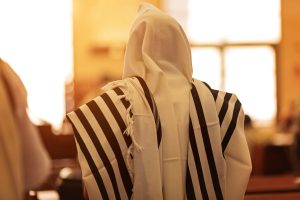 On Succos, the psalms of praise known as Hallel (i.e., Psalms 113-118) are recited, as they are on most holidays. Unique to Succos, however, the four species are held throughout and waved at certain points.
On Succos, the psalms of praise known as Hallel (i.e., Psalms 113-118) are recited, as they are on most holidays. Unique to Succos, however, the four species are held throughout and waved at certain points.
After Hallel (in most congregations, though practices vary), the congregants, four species in hand, follow the prayer leader around the synagogue reciting Hoshanos (or Hoshanot). These special prayers for salvation get their name from the phrase hosha na – “please save” or “save now.” The order of the Hoshanos varies based on the calendar.
Hoshana Rabbah
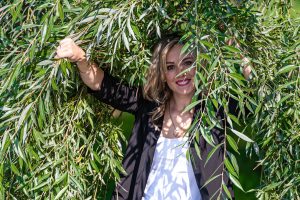 The last day of chol hamoed (which is really the last day of Succos, since Shemini Atzeres is technically a separate holiday) is called Hoshana Rabbah – “the great hoshana.” This is the cut-off for fining the degrees that were written on Rosh Hashana and sealed on Yom Kippur. Hoshana Rabbah is the only day in the year that’s not Shabbos or yom tov on which we recite the special long version of pesukei d’zimra (the verses of praise that constitute the first part of the morning service). On this day, after reciting extra Hoshanos, we beat a bundle of willow branches, which are also referred to (in this context) as hoshanos.
The last day of chol hamoed (which is really the last day of Succos, since Shemini Atzeres is technically a separate holiday) is called Hoshana Rabbah – “the great hoshana.” This is the cut-off for fining the degrees that were written on Rosh Hashana and sealed on Yom Kippur. Hoshana Rabbah is the only day in the year that’s not Shabbos or yom tov on which we recite the special long version of pesukei d’zimra (the verses of praise that constitute the first part of the morning service). On this day, after reciting extra Hoshanos, we beat a bundle of willow branches, which are also referred to (in this context) as hoshanos.
Koheles (Ecclesiastes)
On the Shabbos of Succos, we read Koheles (or Kohelet), the biblical book of Ecclesiastes. This book, which was written by King Solomon, discusses the futility of ignoring one’s spiritual growth in favor of worldly pursuits. Succos is the best time for us to ponder this message as we have left the comfort of our homes to dwell in ramshackle huts that recall God’s Divine providence over us.
Simchas Beis Hashoeivah
 The Mishna (Rosh Hashana 1:2) teaches that on Succos the world is judged regarding how much rain it will receive. Accordingly, special water libations were poured on the altar in the Temple on Succos. This ceremony was accompanied by singing, dancing, juggling flaming torches and all other sorts of celebration. The place where the water was drawn was called the beis hashoeivah (the place of drawing), so the celebration was called simchas beis hashoeivah (or simchat beit hoshoeivah) – the joy of the place of drawing. The celebration was so joyous that the Mishna (Succah 5:1) says that one who never saw the simchas beis hashoeivah has never seen real rejoicing. Even today, a joyous Succos celebration is referred to as a simchas beis hashoeivah.
The Mishna (Rosh Hashana 1:2) teaches that on Succos the world is judged regarding how much rain it will receive. Accordingly, special water libations were poured on the altar in the Temple on Succos. This ceremony was accompanied by singing, dancing, juggling flaming torches and all other sorts of celebration. The place where the water was drawn was called the beis hashoeivah (the place of drawing), so the celebration was called simchas beis hashoeivah (or simchat beit hoshoeivah) – the joy of the place of drawing. The celebration was so joyous that the Mishna (Succah 5:1) says that one who never saw the simchas beis hashoeivah has never seen real rejoicing. Even today, a joyous Succos celebration is referred to as a simchas beis hashoeivah.
Wow, you’re right – that is a lot! But what about Shemini Atzeres and Simchas Torah?
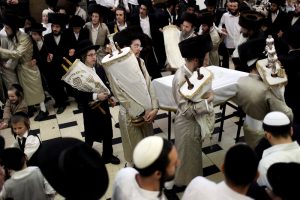 Ah. That requires some background. So, over the course of Succos, seventy offerings of bulls were offered in the Temple – thirteen on the first day, twelve on the second, etc. (13+12+11+10+9+8+7=70.) These seventy bulls were offered on behalf of the seventy nations of the world. On Shemini Atzeres (or Shemini Atzeret), however, a single bull was offered, on behalf of the Jewish people.
Ah. That requires some background. So, over the course of Succos, seventy offerings of bulls were offered in the Temple – thirteen on the first day, twelve on the second, etc. (13+12+11+10+9+8+7=70.) These seventy bulls were offered on behalf of the seventy nations of the world. On Shemini Atzeres (or Shemini Atzeret), however, a single bull was offered, on behalf of the Jewish people.
The Talmud (Succah 55b) explains that since Succos is celebrated on behalf of the entire world, Shemini Atzeres is like a private after-party. God invites the Jewish people to remain behind one more day, after everyone else has gone, for some quality time with Him, one-on-One.
On Simchas Torah (or Simchat Torah), we complete the annual cycle of reading the Torah and begin again with the Creation account in Genesis. All of the Torah scrolls are removed from the ark and the congregants complete seven circuits called hakafos, accompanied by singing and dancing. (Remember, Simchas Torah is not a separate holiday; it’s the second day of Shemini Atzeres. As noted, in Israel, Shemini Atzeres and Simchas Torah are a single day.)
Anything else?
Yes! Succos is actually our most joyous holiday. In our prayer services, we refer to it as z’man simchaseinu (“the time of our joy”) and the Talmud refers to Succos simply as chag (“the holiday”). So, while Succos may not receive the attention of Passover, Yom Kippur or Hanuka/Xanuka/Chanuqa, it’s definitely not an occasion we should overlook or undervalue!
